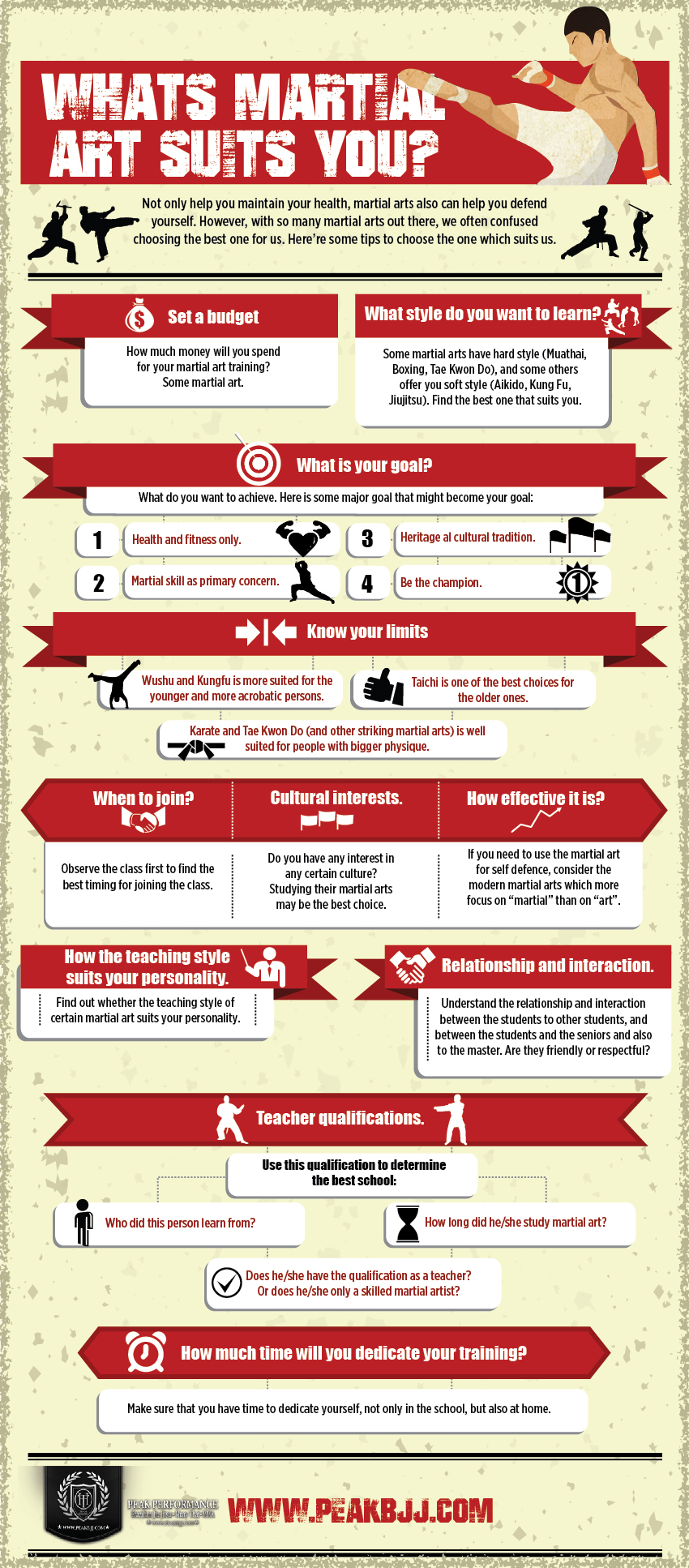Martial Arts Defense Training: History And Techniques
Martial Arts Defense Training: History And Techniques
Blog Article
Composed By- martial arts for kids
Discover the old roots of martial arts tools training, shaping battle techniques and self-control. Go At this site like Egypt and China developed their skills with various weapons like bows, teams, swords, and nunchaku. Passed down with generations, typical tools such as katana, nunchaku, bo personnel, and sai supply special qualities and strategies. Modern tool training integrates standard principles with contemporary methods, concentrating on rate, accuracy, and flexibility. Enhance your fight skills by finding out about the abundant background and diverse techniques of martial arts weapons.
Ancient Origins of Defense Training
Checking out the old roots of weapons training discloses the fundamental concepts that have actually formed martial arts practices for centuries. In old people, tools training wasn't just a means of combat yet additionally a means to instill technique, honor, and regard. The earliest forms of weapons training can be traced back to ancient Egypt, where soldiers were trained in the art of archery and spear battle. These skills were necessary for shielding the kingdom and guaranteeing its prosperity.
As which martial arts does batman know evolved, so did the methods and tools utilized in training. In ancient China, martial arts experts honed their skills with weapons like the personnel, sword, and nunchaku. These weapons weren't just tools for self-defense but likewise icons of strength and proficiency. The training techniques were given from generation to generation, protecting the traditional strategies and ideologies.
With the research of ancient tools training, modern-day martial musicians obtain a much deeper understanding of the discipline and commitment required to grasp these abilities. By honoring the legacy of ancient warriors, experts remain to promote the classic concepts of martial arts.
Typical Fighting Style Weaponry
The development of martial arts weaponry from ancient worlds to modern-day practice highlights the long-lasting value of standard tools in battle training. Standard martial arts weapons consists of a wide array of tools such as the katana, nunchaku, bo personnel, and sai. These weapons have actually been given with generations, each with its distinct qualities and strategies.
The katana, a traditional Japanese sword, is understood for its sharpness and precision in strikes. Nunchaku, consisting of two sticks linked by a chain or rope, require proficient taking care of for effective combat. The bo staff, a lengthy stick generally made of wood, is functional in both attack and defense maneuvers. The sai, a three-pronged metal weapon, is skilled at capturing and blocking challengers' strikes.
Educating with these traditional weapons not only develops physical battle skills yet also cultivates discipline and focus. By grasping the strategies of typical martial arts weaponry, practitioners can embody the abundant history and culture of martial arts while boosting their battle efficiency.
Techniques for Modern Tool Training
Modern tool training techniques highlight versatility and effectiveness in combat circumstances, mixing typical principles with modern techniques for maximum effectiveness. To excel in modern tool training, focus on enhancing your rate, accuracy, and adaptability. Exercising with tools like knives, batons, and guns needs mastering techniques that focus on speedy strikes and precise protective maneuvers.
Maneuvering plays a vital role in modern-day weapon training, enabling you to keep proper distance from your challenger and quickly shift in between offending and protective positions. By incorporating fluid activities and fast footwork drills into your training regimen, you can effectively evade attacks and launch counterstrikes with precision.
Additionally, martial arts types emphasizes the significance of situational understanding and tactical reasoning. Understanding exactly how to assess hazards, determine vulnerabilities, and manipulate openings in your opponent's protection is vital for success in combat situations. By refining your analytical abilities and creating a tactical attitude, you can outmaneuver foes and emerge triumphant in challenging circumstances.
Conclusion
So there you have it! You have actually discovered the ancient beginnings of tools training, checked out traditional martial arts weaponry, and uncovered methods for modern-day weapon training.
Now go out there and practice what you've learned, and come to be a master of martial arts weapons! Bear in mind, the opportunities are limitless, and with dedication and technique, you can end up being a weapon-wielding ninja quickly!
